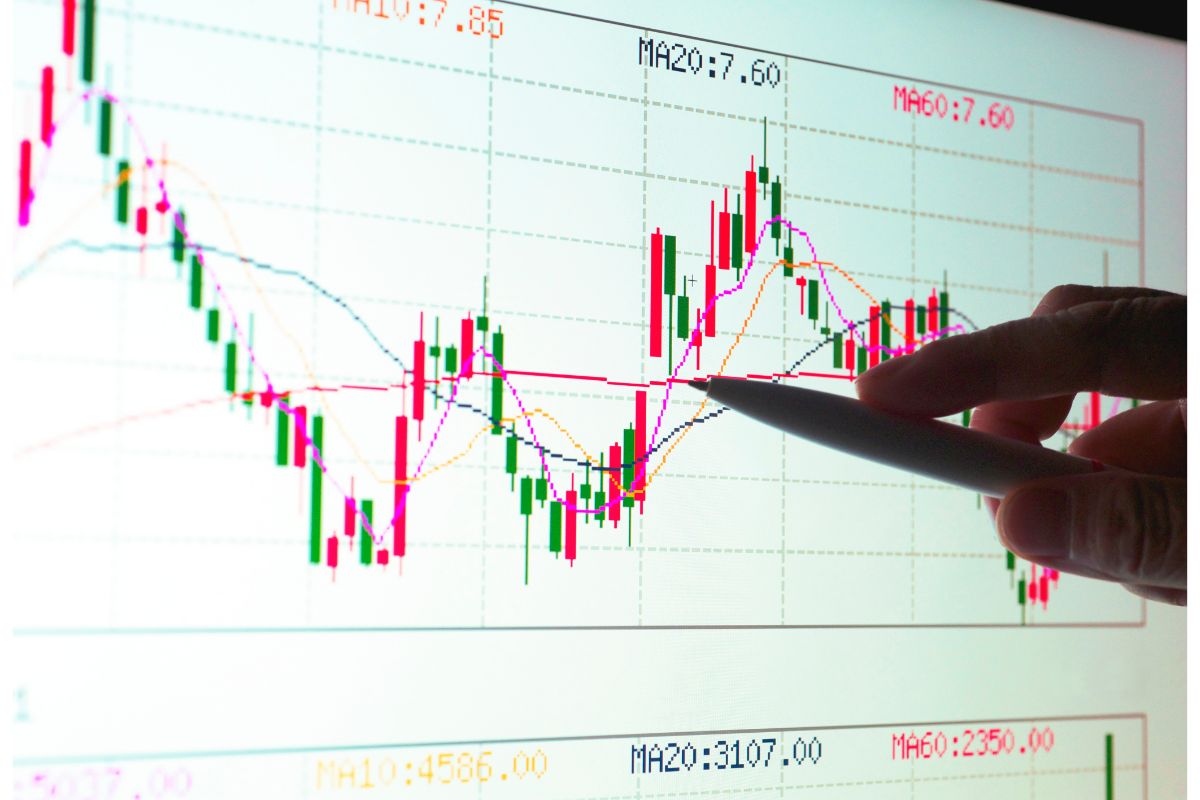
In response to the grave threat that climate change poses on our civilization and our home, Planet Earth, various governments, corporations and organizations have made the pledge to reduce damage caused to the environment by human activity.
Beyond advancing research into carbon-scrubbing technology and renewable energy, the best method of getting financial institutions to play ball with reducing their carbon footprint were financial incentives; specifically penalties.
‘Carbon Credits’ are one such method of penalizing carbon use.
A Carbon Credit permits the holder to the right to emit one ton of Carbon Dioxide or similar polluting gas, in an effort to force companies to face and cut the costs of their emissions as they would with any other cost.
Each company is allocated a set limit of credits, which steadily declines. If a company comes in under their limit, they can sell their credits to a company which can’t cover their carbon emissions with their own credits.
If a company does not have enough credits to account for the carbon dioxide they have released, then they are issued a fine.
As such, credits function as a market, with a value. When demand for credits goes up, so does the price.
The aim is to overall reduce carbon emissions by letting companies experience environmental cost as a monetary cost.
Types Of Carbon Markets
There are two existing types of markets for carbon: compliance and voluntary.
- Compliance markets- The government sets a cap on emissions, and enforces it by monitoring allowances turned in by entities on the tons of carbon they have emitted. Allowances can be traded and offsets can be applied on a project-by-project basis. EFTs based on the compliance market are quickly becoming popular; although investors may already open accounts and trade in a secondary market.
- Voluntary markets- These come from projects which aim to bring down emissions beyond simply the bare minimum; and companies may use these GHG reduction claims to make up their net-zero strategies. In trading terms, bilateral transactions are currently dominant, and volumes on standardized contracts on exchanges are also on the up.
What Drives The Value Of Carbon Credits?
The pricing of carbon credits is driven by supply and demand, just as it is with any other market. The cap set by the government acts as a key factor in the supply of credits- the lower the cap is currently set, the higher the demand and therefore the price.
Other factors, such as compliant carbon offset projects and international trading also play into carbon credit supply.
Economic activity revolving around global market-shifting factors such as energy price, health of the economy, weather and war also impact demand for carbon credits.
Should I Invest In Carbon Credits?

As the market for carbon credits grows, so do the reasons and opportunities for investment. We briefly summarize a few below:
1. Carbon Are A Rapidly Growing Multi-Trillion Dollar Market
Research suggests that the total value of the carbon credit market globally exceeded $850 billion dollars in 2021, and is projected to rise in value exponentially as climate concerns rage on.
It is estimated that by 2050, this global emissions market could far exceed $20 trillion.
2. Lucrative Demand-Supply Dynamics
As legislated, the amount of credit allowances shrinks each year to encourage decreasing emissions and increasing the scarcity (and therefore the value) of these allowances.
As the supply shrinks the value is guaranteed to increase, with plenty of potential for returns.
3. Correlation Has Been Low To Equity Markets
Carbon Credit could be used as a hedge against other broader financial markets, and diversify one’s portfolio against risks posed by the transition to a climate-based society in the future.
4. Become A Part Of The Decarbonized Future
Creating a decarbonized society must happen if Planet Earth is still to remain a habitable place to live- betting against the climate economy is therefore a bet against the survival of the entire human race.
Efforts to reach a deal at COP26 in Glasgow resulted in the decision to create and standardize the carbon trade market globally.
How To Invest In Carbon Credits
1. Carbon Mutual Funds And ETFs
The simplest, least riskiest way to enter the carbon market is via Funds or EFTs. These funds are diversified across a range of companies and industries, which reduces the risk of being invested in such industries significantly, at the cost of lower returns.
If you are looking to future-proof your portfolio and have an impact on climate change, this is a good bet. Carbon-heavy companies will not survive the change to a climate society and will rapidly see their value decrease as the years go by.
2. Green Companies
Green companies such as EV manufacturers, renewable energy providers, clean energy sources and advanced battery technology companies are some examples of industries that may be able to make use of the sale of carbon credits as a large part of their revenue stream, aside from the standard sales model.
As green companies, they will surely have an excess of increasingly valuable credits to sell off.
3. Carbon Credits Futures
If you are looking to become even more directly involved with voluntary carbon markets, carbon credit futures are available to purchase for the discerning retail investor. This includes the European Union Allowance on the ICE.
This is a more advanced investment tactic and should warrant a more advanced investigation and strategy on your own part.
Investment in carbon offset projects would in theory, be an excellent way of interacting directly with carbon reducing efforts, and becoming invested with carbon credits.
At the moment however, this is seldom possible- the capital is often raised privately.
Keep an eye out for companies which have an interest in investing in carbon offset projects, as they have good exposure to the growing demand for carbon credits.
If you enjoyed this article, you might enjoy our post on ‘Who Is Hyper NFT?‘.
- How Investment in Crypto Works for Beginners? - December 9, 2025
- Investment in Crypto: The Complete Guide for Beginners and Long-term Investors - December 8, 2025
- Dividend Growth Investing for Millennials - February 27, 2025

